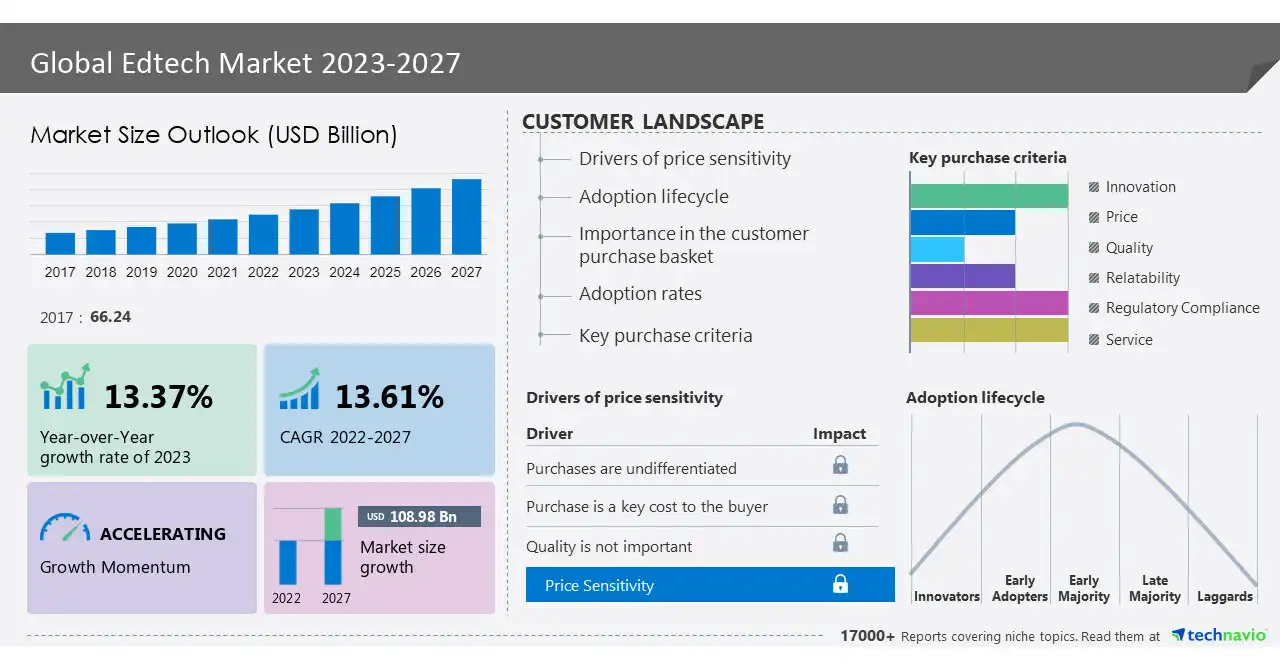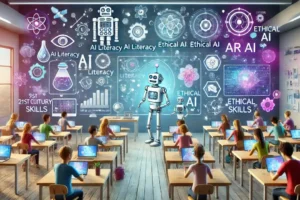
Global EdTech Acceleration: What 2021 Taught Us About Digital Learning
12 July 2021, Monday
Hello educators, students, and technology enthusiasts,
2021 has marked a historic acceleration in the use of EdTech (Educational Technology) worldwide. As classrooms across the globe adapted to COVID-19 disruptions, digital platforms like Google Classroom, Microsoft Teams, and national e-learning portals became the lifelines of education. In this edition of our “Global Trends in Education” section, we examine how EdTech has evolved from a support tool to a primary educational driver in both developed and developing countries. Let’s dive into this digital shift.
The Big Leap to Digital
As of mid-2021, over 1.6 billion students were affected by school closures. This sparked unprecedented investments in EdTech. According to a UNESCO report released in June 2021, more than 70% of countries integrated online learning into their national education strategy. Governments distributed devices, partnered with private EdTech firms, and created multilingual video libraries for remote learners.
Key Trends Observed
- Hybrid Models Rise: Schools adopted blended learning—combining in-person classes with online modules.
- EdTech Startups Boom: Companies like BYJU’S, Coursera, and Khan Academy saw user bases double or triple.
- AI & Personalization: Adaptive learning platforms tailored exercises to individual student needs.
- Public-Private Partnerships: UNESCO and UNICEF collaborated with telecom companies to provide low-data educational content.
Student & Teacher Impact
Digital tools reshaped how lessons were taught and absorbed:
- Interactive Learning: Platforms with live quizzes, breakout rooms, and peer review kept students engaged.
- Teacher Training: Massive open online courses (MOOCs) upskilled millions of teachers in digital instruction.
- Equity Challenges: Rural regions and low-income households struggled with device and connectivity gaps.
Regional Highlights
• In Colombia, the government launched “Aprender Digital,” reaching over 3 million students in rural zones.
• South Korea distributed 300,000 tablets to public school students lacking digital access.
• In Egypt, teachers received compulsory digital pedagogy certifications by June 2021.
What’s Next?
Experts agree: EdTech is here to stay. As schools reopen physically, the best solutions will be hybrid—leveraging the flexibility and scale of digital tools with the human connection of classroom learning.
Tips for Students & Parents
- Use national EdTech portals like EBA (Turkey), DIKSHA (India), and Oak National Academy (UK).
- Set screen-time boundaries while ensuring learning goals are met.
- Parents should guide younger students with digital tools and monitor progress.
- Join local webinars or online communities to discover free resources.
Final Word
2021 will be remembered as the year education entered a new digital era. The rapid expansion of EdTech opened access, revealed inequality, and redefined how we teach and learn. Students, embrace digital tools as allies in your learning journey. Parents, be the steady support your child needs in a connected world. Educators, stay curious and adaptable—because the future of learning is already here. Share your stories and reflections with us on our website. We’re excited to hear from you.



